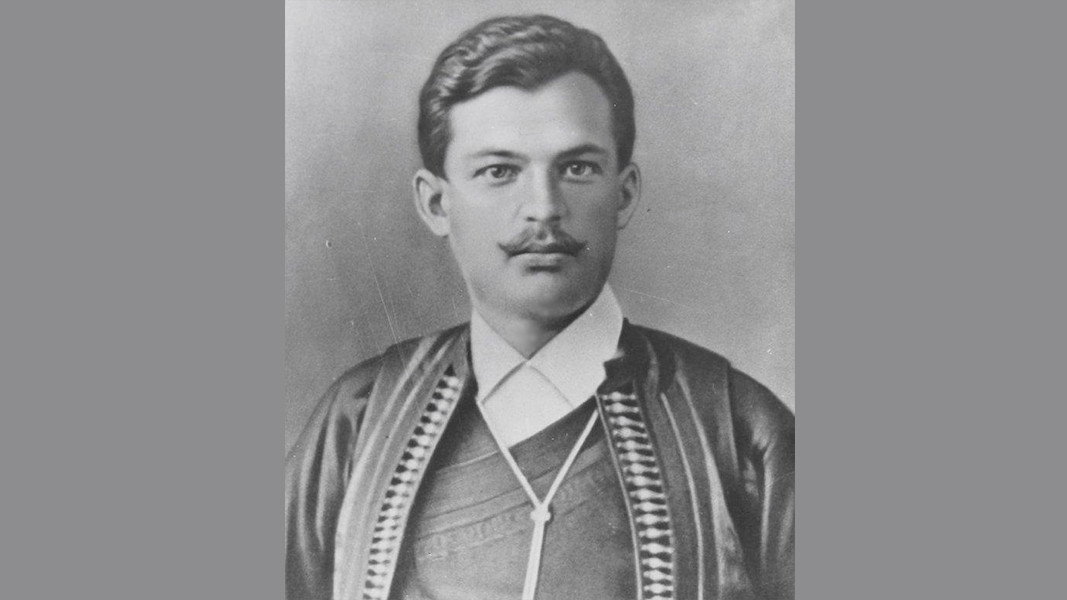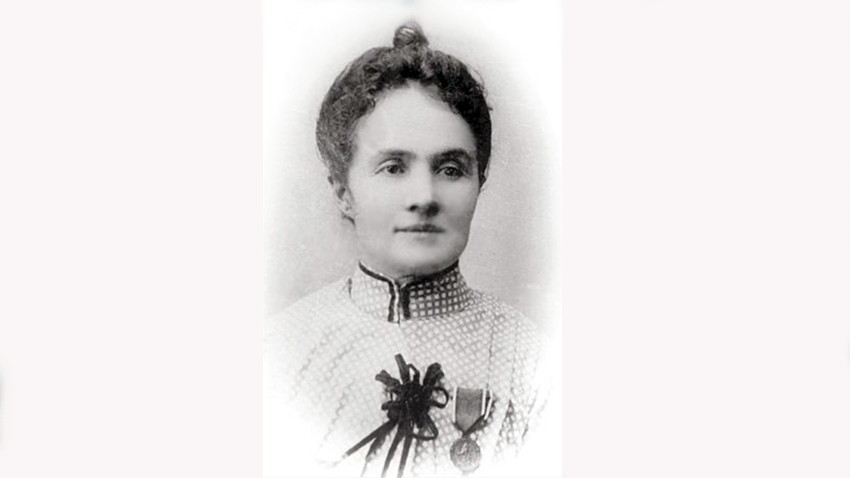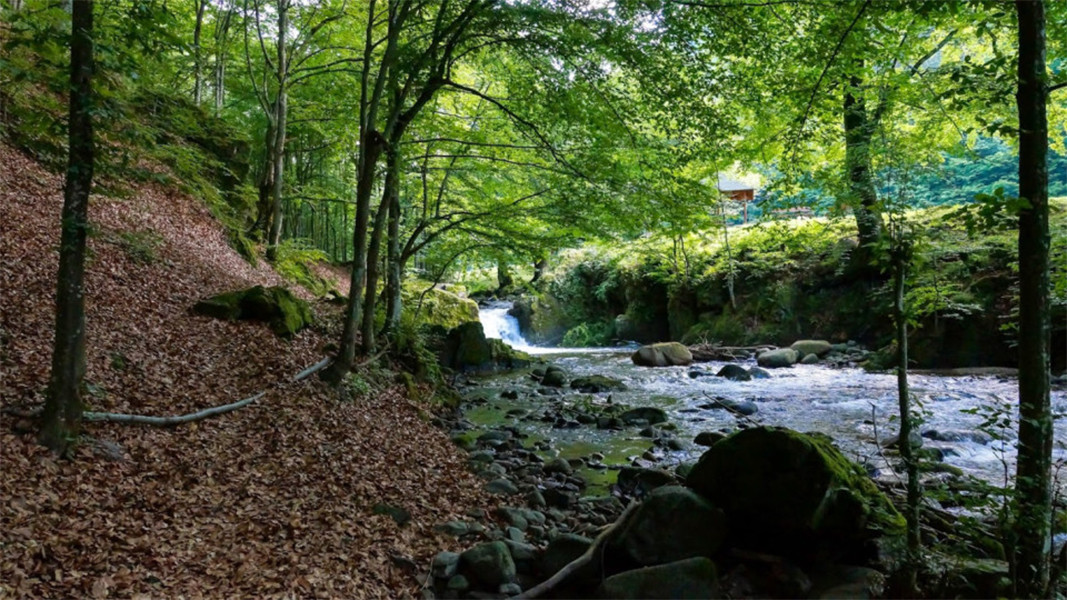The founder of the Internal Revolutionary Organisation for the Liberation of Bulgaria, Vasil Levski, was the first to involve foreigners in the liberation movement when he set up revolutionary committees in the Bulgarian provinces. The first foreign revolutionaries were the workers of Baron Moritz von Hirsch's "Eastern Railway". In 1876 the Bulgarians organised the April Uprising on the basis of his revolutionary network. Although it was crushed in a bloodbath, the Bulgarians continued to strive for independence, and two years later events led to the liberation of Bulgaria after five centuries of Ottoman rule.



They call Nikopol “the town of ages” because its history goes back thousands of years. It was founded as a settlement in the year 169 during the reign of Roman Emperor Marcus Aurelius. In 629, theByzantine Emperor renamed the town to Nicopolis, meaning..
There are rumours and speculations that some forgeries, so good that they are not inferior to the originals, could be found among the exhibits in the museums, but at the moment a whole series of forgeries can be seen at an exhibition..
A unique statue from the Roman period of Odessos, preliminarily dated to the late 2nd to the first half of the 3rd century, has been discovered during excavation works near the train station in Varna, said archaeologists from the Varna Regional..

+359 2 9336 661
